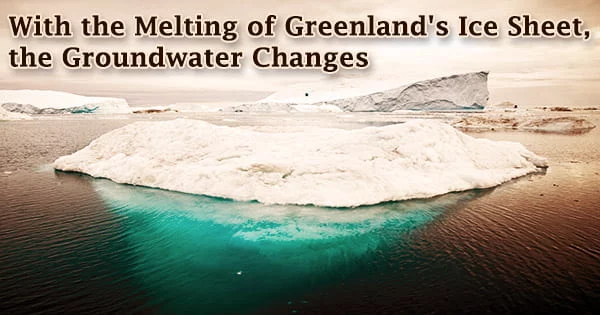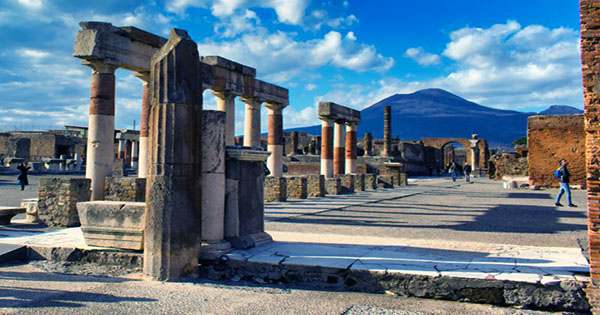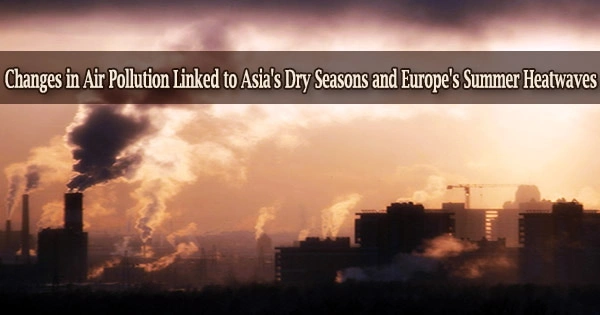A group of the University of Montana academics and students has been studying the dynamics of the Greenland Ice Sheet as it responds to climate change for more than a decade. Water has always been essential to Toby Meierbachtol and Joel Harper’s studies at the Department of Geosciences.
“The water from melting of the ice can run off the surface to the ocean and contribute to sea-level rise, it can refreeze in place and actually warm the ice, and it can even reach the bottom of the ice sheet and act as a sort of lubricant to make the ice slide quickly over its bed,” Meierbachtol said. “The importance of water in controlling the response of Greenland to warming is hard to overstate.”
However, while most of their attention has been focused on the role of water in influencing ice sheet dynamics, their most recent study discoveries have inverted the order of their thought. The Antarctic and Greenland ice sheets together hold more than 99 percent of the world’s freshwater ice.
Meierbachtol, Harper, and an international team of researchers determined that changes to the ice sheet had an instantaneous influence on the groundwater beneath the Greenland island, which is larger than the state of Alaska, as reported in a recent paper in Nature Geoscience.
The water from the melting of the ice can run off the surface to the ocean and contribute to sea-level rise, it can refreeze in place and actually warm the ice, and it can even reach the bottom of the ice sheet and act as a sort of lubricant to make the ice slide quickly over its bed.
Toby Meierbachtol
“We have been focused on water’s impacts on ice sheet change,” said Harper. “But our most recent findings show that changes in the ice sheet have a real impact on Arctic hydrology specifically the massive groundwater system extending under the ice sheet.”

This recent discovery was made possible by combining drilling techniques, with international colleagues sinking a 650-meter angled hole through bedrock beneath a Greenland glacier to assess groundwater conditions deep beneath the ice sheet. The Greenland Ice Sheet covers most of the island of Greenland, which is three times the size of Texas and covers around 1.7 million square kilometers (656,000 square miles).
Meanwhile, researchers from the University of Michigan and the University of Wyoming dug 32 holes through almost a kilometer of ice from atop the glacier to assess water conditions at the ice-bedrock interface, which serves as an essential control point for groundwater movement below.
Drilling using a mixture of extremely hot water under high pressure for 12 or more hours at a time is the system that UM has mastered over the years.
“We practice and rehearse to make the operation flow smoothly,” Harper said, noting they always include one to two undergraduate students on an expedition. “Everyone on the team has an important and specific role to fill.”
After drilling, the team places sensors in the ice column and ice sheet bed to monitor ice dynamics and water conditions as water flows beneath the ice to the edge. Because the frigid ice freezes the hole shut in as little as two hours, time is always of importance.
The eight-year data record provided some unexpected results, thanks to the dual drilling strategy, which enabled the first-ever measurements of groundwater reaction to a shifting ice sheet. Under most of Greenland, the ice sheet is contained in a saucer-shaped basin with a bedrock surface around sea level.
“By studying areas that were covered by ice 10,000 years ago during the last ice age, the field has known that the huge mass and vast amounts of water from melting ice can impact the underlying groundwater,” Meierbachtol said, “but the paradigm has been that the groundwater response to ice sheet change is long: thousands of years. What we’ve shown here is that the groundwater response to Greenland’s change is immediate.”
According to Harper, this new knowledge might have significant downstream ramifications for how Greenland’s thinning affects the Arctic. The decreasing ice might slow the flow of groundwater into the ocean, affecting the temperature and salinity balance of the water, which is crucial for ocean circulation patterns.
“In thinking about the complex feedbacks that occur from Greenland’s ongoing change, we as a field have really neglected the groundwater component because we thought it was more or less dormant over the decade to century timescales that are important for us as a society,” Harper said. “But now we recognize that the groundwater system actually changes quite rapidly, and there are some compelling reasons for why this could really matter for the broader Arctic.”
Both Meierbachtol and Harper agreed that future study should focus on measuring the effects of groundwater alteration on the ocean. The finding, however, was the first step.
















